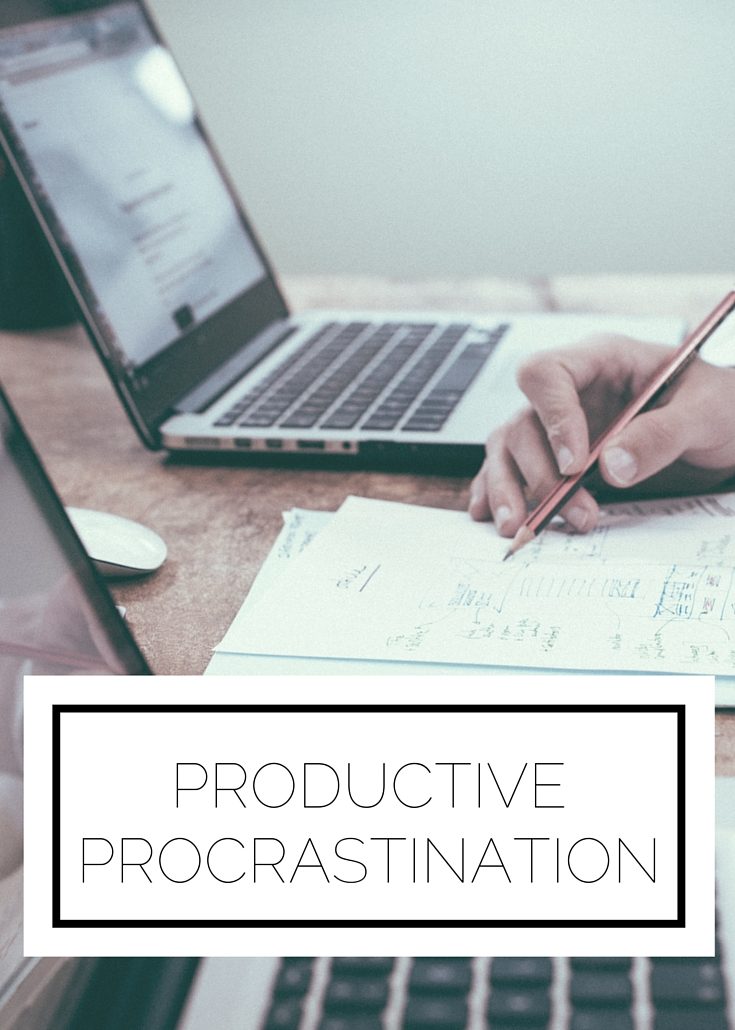There are tons of benefits to being a young professional – you have so much energy, few personal responsibilities, and bring a fresh perspective. However, you also have the challenge of not having prior experience to draw from. While a seasoned professional can make decisions with the facts in front of them plus their experience in similar situations, it’s a completely different game then when you’re trying to make a choice purely based on your limited knowledge.
This dilemma almost feels like the “blind leading the blind” and can make you question and doubt the success of your decisions. This is why so many of us turn to mentors and parents and professors to help us when we have to make a choice that we’ve never faced before. While it is a good thing to take advice and input from people who have been in a similar situation, we can’t only follow their guidance without listening to our own opinions.
I’ve found myself hiding behind other people’s input rather than forcing myself to have an opinion about my own choices, which doesn’t make any sense! Your decisions impact you the most, so it is essential to listen to yourself and actually figure out what you think about it.
In the past I’ve written about avoiding decision fatigue and how to make a great decision. These topics are important to revisit (and more often than not come back to perspective), but something I didn’t discuss in those posts was how to draw the line between taking advice and listening to your own opinions. Here are some ways you can determine how to weigh other people’s experiences and your own thoughts to make the optimal decision.
Gather the evidence
Get your pens ready, it’s time to make some lists. When faced with a big decision – which college do I want to attend, what job do I want to pursue – it is important to collect all of the evidence. Talk to other people who have been in your situation, read whatever you can get your hands on that pertains to the decision at hand, and write down your own thoughts. Expand beyond a simple pros and cons list and incorporate all the information you are collecting.
Test out your different options
I talk about expanding your options in this post (not everything is a this or that situation), so make sure to make your pool of options extensive. Then if you can actually test it out (accepted students day, shadowing a colleague in a different role), do that. Or, you can visualize and mentally try out your different choices.
Ask your deep down self
I get to my deep down self by journaling. For you it may be while you take a long walk, or think in the shower. Whatever you can do to have an unfiltered conversation with yourself, do that and find out what you really think, regardless of what others say. This is so tough to do, but it gets easier with time. Try asking yourself what you would do if you weren’t afraid/didn’t care about meeting external expectations.
When all else fails, listen to Phyllis
This scene from the office cracks me up. Michael is deciding what to do about his (no good, terrible) relationship with Jan. While he doesn’t listen to some of the methods I mentioned (expanding your options, gathering evidence, going beyond a pros and cons list), Phyllis is able to get him to understand his deep down self by telling him not to think and just to answer.
Getting to know yourself and make optimal decisions comes with time and thoughtful practice and patience. These tips can get you going in the right direction! And remember, most decisions we make will end up changing, so don’t be afraid to take action and adjust later.
How do you draw the line between other people’s opinions and your own?
-AJF




Leave a Reply